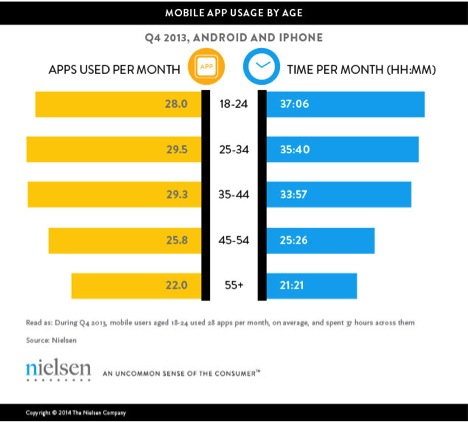 Don’t let technology wreck your sales pipeline.
Don’t let technology wreck your sales pipeline.
The dinner table debate between me (a Boomer) and my son-in-law (a Gen Xer) went like this…
Boomer: It’s amazing how companies develop products that people didn’t know they needed. Fitbit is just the latest gadget that’s suddenly become trendy, and even a fashion statement. They come in different patterns and have online communities where people compare notes and challenge each other. Really?
Gen Xer: You’re wrong. Our society is sedentary. Too many people are overweight, and they need reminders to walk 10,000 steps a day.
Boomer: [Boomer rolls eyes.] What did we use before this device? A watch was good. So was walking or jogging for 30, 45, or 60 minutes. So is it just accountability that’s missing?
Gen Xer: Yes.
Boomer: I get it…but we don’t need a device to be accountable. [Boomer now changes the subject.]
I get where my son-in-law is coming from. Promoting fitness and making exercise fun is definitely a good thing. But when it comes to technology, when is enough enough?
People have always been fascinated with—even enthralled by—technology. But we’ve never been surrounded by so much of it. When I was a kid, the idea of someone becoming addicted to technology would have been found in a work of science fiction. But here we are—a planet of automatons walking through life with our noses perpetually pointed at our smartphones, ignoring the human beings standing next to us. Our family, friends, and clients are all left playing second fiddle to our devices (or playing Angry Birds on their own).
Apps Gone Wild
How many apps do you have on your phone, and how much time do you spend using them?
U.S. Android and iPhone users age 18 and over spend 30 hours and 15 minutes using apps each month—a full half-day more than in 2011—according to a 2014 Nielsen study. The average number of apps used per month: 26.8.
App usage decreases with age, but not as much as you might expect. Even those over age 55 spend more than 21 hours using an average of 22 different apps per month.

I’m a bit of an oddball. I have very few apps—which anyone younger than 30 finds really strange. But I try to limit myself to apps that increase my productivity and effectiveness, not distract me from real life. I have apps for Starbucks, Dropbox , Google Maps, Twitter, LinkedIn, and parking. But no games. If I need entertainment or a diversion, I’d much rather be outside, breathing fresh air. Some of my best ideas come to me when I’m taking a walk or hiking. I won’t think that I’m thinking, but suddenly an idea will pop into my head, and I’ll be excited to get back to my office so I can write about it. No, I don’t stop on the trail and put notes into my phone. I make an effort to remember.
Now, I’m not judging people who enjoy playing games or surfing the Web during their free time. We all unwind and distract ourselves in different ways. But technology addiction is a slippery slope. Before we know it, the technology that was supposed to make our lives easier can begin running our lives and ruining our relationships, which happen to be a salesperson’s most valuable resource.
Put People Before Technology
As salespeople, we’re continually bombarded with messages about the latest productivity tools, marketing automation platforms, lead-sourcing apps, and social selling strategies. The problem is, we are not productive with the tools we already have. We’re fickle. We try out a new tool for a while and then move on to the next. It’s like we’re back in grade school and want to be the first on our block to have the hottest new toy. We are fascinated by the next bright, shiny object. We forget that technology is only a tool. Our relationships are actually what seal deals—and keep our sales pipelines full of hot leads.
When we’re constantly checking our phones to make sure we’re not missing something “out there,” we’re missing out on opportunities to connect with the people right in front of us. In average conversations, adults make eye contact between 30 and 60 percent of the time, according to communications analytics company Quantified Impressions. But the same study shows that people should be making eye contact 60 to 70 percent of the time to create a sense of emotional connection.
The last thing smart salespeople want to do is weaken the relationships we work so hard to build. Technology provides valuable tools for advertising, marketing, and sales research. But actually closing deals is about connecting, one human being to another. It’s about listening and providing tailored solutions to clients’ unique problems. And if we stop doing that, technology will have done what I’ve always said it cannot do—replace salespeople.
Remember, people do business with people, not with technology. So forget the apps. Use your phone to make an actual phone call and have a real conversation. Or better yet, meet in person. It takes more time, but I guarantee your results will prove the time was well spent.
Connect with No More Cold Calling
Follow Joanne on Google+ or Twitter @ReferralSales, or connect on LinkedIn and Facebook.
